
Sewing holes in clothes can save you time and money. Whether it’s a small rip or a more significant tear, knowing how to sew can help extend the life of your favorite garments. With a few essential tools and some basic sewing skills, you’ll be able to repair your clothes in no time.
What You’ll Need
- Needles – choose the right needle type and size based on the fabric and hole size.
- Thread – use a matching thread color for a seamless repair.
- Scissors - sharp scissors for cutting thread and trimming excess fabric.
- Pins – to hold the fabric in place during sewing.
- Thimble – protects your finger while pushing the needle through tough fabric.
- Iron – use it to press the fabric for a professional finish.
- Optional: sewing machine – for larger holes or if you prefer machine sewing.
Sewing Steps

- Cut any loose threads and trim excess fabric around the hole.
- Place a pin through each side of the hole to align the fabric.
- Thread your needle and tie a knot at the end of the thread.
- Insert the needle through the fabric from the inside, coming up through one side of the hole.
- Make small stitches along the edges of the hole, pulling the thread tightly after each stitch.
- Continue stitching until you cover the entire hole, overlapping your stitches for reinforcement.
- Tie a knot on the inside of the garment to secure the thread, then cut off any excess.
- Optional: If using a sewing machine, follow steps 1-5 while using a zigzag stitch for added durability.
Extra Tips and Tricks

- Always use the right needle and thread combination for the fabric you are sewing.
- If the hole is too large or complex to sew by hand, consider using a fabric patch or adhesive tape.
- Test your stitches on a scrap piece of fabric before working on the actual garment.
- Don’t rush the sewing process. Take your time to ensure neat and secure stitches.
- Iron the repaired area after sewing to smooth out any wrinkles or creases.
- Regularly check your clothes for any small holes or loose threads to fix them promptly.
By learning to sew holes in your clothes, you can extend their lifespan and reduce waste. With a little practice, you’ll be able to repair most minor damages. So, grab your sewing kit and get started on mending your favorite garments today!
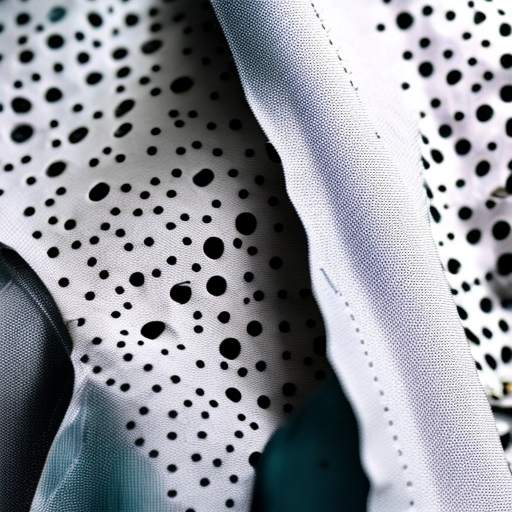
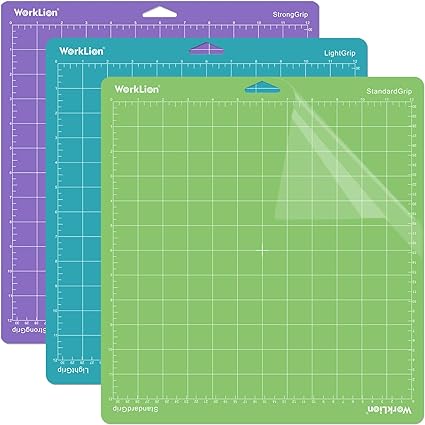
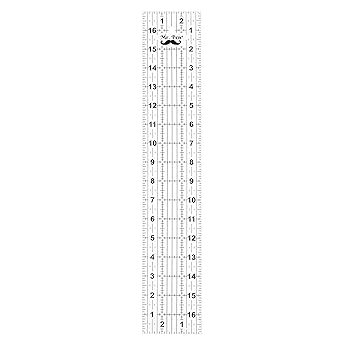
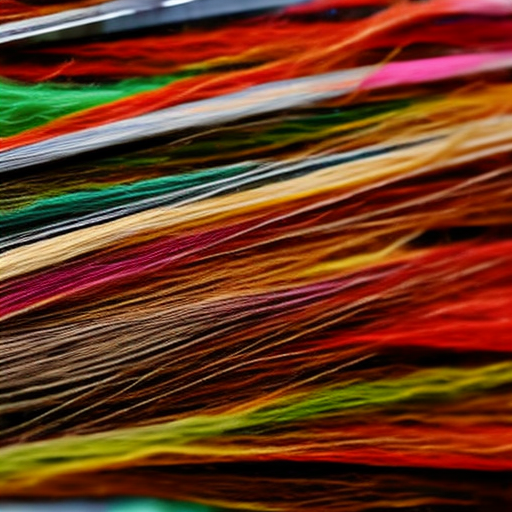
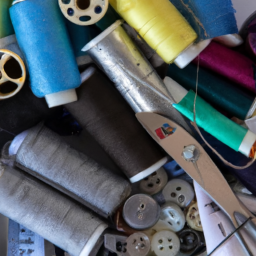
Time consuming but worth it!
So true! I love sewing holes in my clothes to make them last longer and customize my wardrobe – it’s a great way to give my garments a unique flair. Plus, I can save money by not having to buy entirely new clothes! #DIYClothing #RepairClothes
Love this idea! Let’s repair, not replace! 👌🏼 🧵
This is such a great idea! Repairing clothes not only helps you save money, but is also environmentally friendly by reducing our impact on the planet. Plus, taking the time to patch up clothes turns our pieces into one-of-a-kind creations – it’s like breathing new life to our wardrobe! #RepairClothes #SustainableFashion
I’m inspired to look for new projects to repair my clothes!
Adding to the conversation, I definitely agree that repairing clothes is worth the time investment – it’s not only budget friendly, but also a fun and creative way to help reduce our impact on the environment. Not to mention, I always feel proud of my hard work when I finish repairing a piece of clothing 🙂 #RepairClothes #SustainableLiving
Absolutely! Patching our clothes is a great way to get creative and also be more eco-friendly. It’s a really positive activity that doesn’t take much time or effort, and you don’t have to be an expert seamstress to do it. #RepairClothes #EcoFriendly